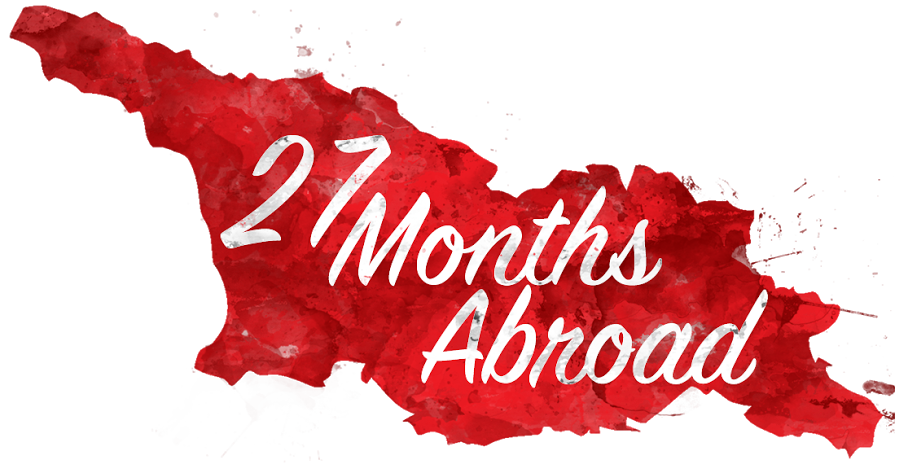My favorite line that I heard yesterday was, “სად არის ძროხა?! (saad arees zrokha)” Which means “Where is the cow?!” The woman who asked me this was genuinely perplexed. Another woman echoed behind her, “და ღორები?! (da ghorebee?!)” The other woman was equally confused as to when I would take care of the cows and pigs during my day. These two simple questions truly highlight the differences between the lives women lead in American cities and Georgian villages.
Yesterday, I conducted one of the Participatory Analysis for Community Action (PACA) tools, called the Daily Activities Calendar, with two members of my organization. What are PACA tools, you ask? In simple terms, this is one of the ways we actually accomplish “being one with the community.” We get to learn how the community functions and see how their life is set-up so that we can work alongside with them in a more efficient way. The Daily Activities Calendar is a simple tool that is highly effective. Community participants are separated based on gender and they write down a typical day for the average woman/man in their community by hour/duration and by activity. It provides valuable insight on the different labor constraints that men and women have. It can raise awareness on the different contributions that each gender provides in the household.
Since it is still my first three months at my site, Peace Corps highly encourages conducting these assessments so that I can understand the community’s environment in which I’ll be serving in. Even though I live in a city, my organization conducts its activities in the surrounding villages. So along with my colleagues, we went to one of the beautiful villages we work in to conduct the Daily Activities Calendar PACA tool.

To increase understanding of the activity, I thought it would be best if I showed the 5 women and 5 men teachers in the room what a typical day is for a professional women working in a corporate environment in America. In essence, my previous life was summarized as such with the respective time blocks: wake up, take shower, eat breakfast, drive to work, go to work, eat lunch, make dinner, eat dinner, workout, write work e-mails and watch TV, then go to bed.
The second I was done showing them my old life’s daily activities, the infamous question was asked of “Where is the cow?!” It is because life in the village requires that the second you wake up, the women go and feed the cows and pigs before they even feed themselves. It requires tending to the chickens even when they are not in the mood for it. In American cities, if I was not in the mood to cook chicken, I can simply go to the closest grocery store chain and buy myself a warm rotisserie chicken for less than $10. You simply can’t do that here. If you live in a city in Georgia, you can be lucky enough to buy a ready-plucked chicken at the closest bazaar. In the village, simply go to your garden and you can pick which chicken you want to devour later.
So I stood there and tried to explain that they do not have to write down their activities of what life would be like in the city. I calmly told them that this just an example and they are to be authentic in explaining their lives in the village. For a second, I thought I just derailed the entire focus of the activity. Instead, I used this as an opportunity to show why this activity is important because it highlights the differences and brings awareness to what are lives actually are like. It brings forth the knowledge to effectively plan trainings and activities that would be effective in the life of the community.

